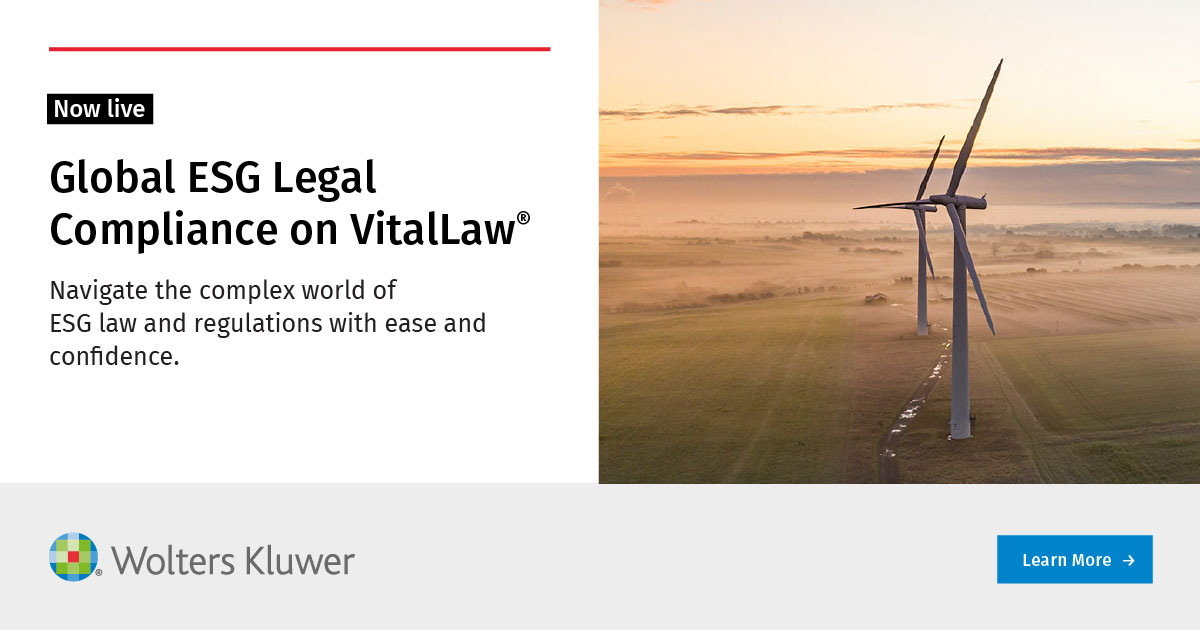The General Court did not agree with the arguments raised by the Applicant (VistaJet ltd.) in support of their challenge of the First Board of Appeal decision[1]. The mark was found to be too simplistic to have any distinctive character.
The Applicant, VistaJet ltd., applied for a position mark consisting “of a horizontal red stripe on a silver fuselage” which “runs from the nose to the tail of an airplane through the middle of the fuselage, above the wings” in connection to inter alia private aircraft charter services. The application was found to be devoid of distinctive character and rejected by the EUIPO. The appeal to the Board of Appeal was dismissed on the same ground.
When making the distinctiveness assessment the General Court referred to the case law on three-dimensional marks. The key reason for that being that both types of marks and how the product they denote looks are intrinsically connected.
The General Court was of the view that the applied for mark would be seen as a decoration. They highlighted the simplicity of the geometric shape in question and the colour red being a popular decorative choice. They were also of the opinion that the silver colour of the fuselage (rather than commonly used colour white) would likely be unnoticed by the consumers.
It was emphasized that it is not enough to show that the applied for mark is not simply a geometric shape. In order for the mark to be distinctive, it needs to have easily memorisable features which would indicate to the consumers that the sign is a trade mark.
In their contested decision, the Board of Appeal raised the potential of distinctive character being obtained by a mark comprised of several simple geometric shapes but noted that the addition of a commonly used colour would not suffice.
Whilst the General Court agreed with the Applicant that the relevant consumers of their products would pay a high degree of attention, they rejected the notion that this degree of attention would always allow simplistic marks to overcome the distinctiveness hurdle. They did, however, recognise that there are circumstances where the relevant consumer specialisation is decisive.
The Court’s position was that for the overly simplistic marks, the only way to overcome the distinctiveness objection is to show that the mark has acquired distinctiveness through use.
The General Court decision also assessed the materials which can be taken into account at different decision stages. It was highlighted that once an EUIPO Examiner’s decision on absolute grounds is challenged, the Examiners/Judges can only look at the materials submitted by the parties to the proceedings.
Thus, whilst the written arguments can be helpful to “paint the picture”, as the Examiner/Judges are not able to refer to anything outside of submitted materials, the burden of proof falls on the applicant to support their arguments with evidence.
The applicant in this matter appears to have relied mostly on written submissions. The Examiner’s decision mentions screenshots of livery designs and an exhibit, the applicant submitted very minimal amount of additional evidence to the Board of Appeal. This case is therefore a reminder on the important of evidence is in such cases. The Examiner’s initial research revealed other parties which used red stripes on their liveries, thus indicating that this is a common design element used on the planes. Without strong evidence which disproves this assumption, success in overcoming distinctiveness objection of a very simple sign is very unlikely.
This decision highlights that if the applied for sign is very simplistic, there a heavy evidential burden on the applicant to show that their mark should be accepted for registration. The level of attention paid by the relevant consumers will unlikely help such mark with meeting the distinctiveness threshold. But additional easily memorisable features could possibly achieve that.
[1] VistaJet ltd. v EUIPO, T 195/24 (05 Feb 2025)
_____________________________
To make sure you do not miss out on regular updates from the Kluwer Trademark Blog, please subscribe here.


